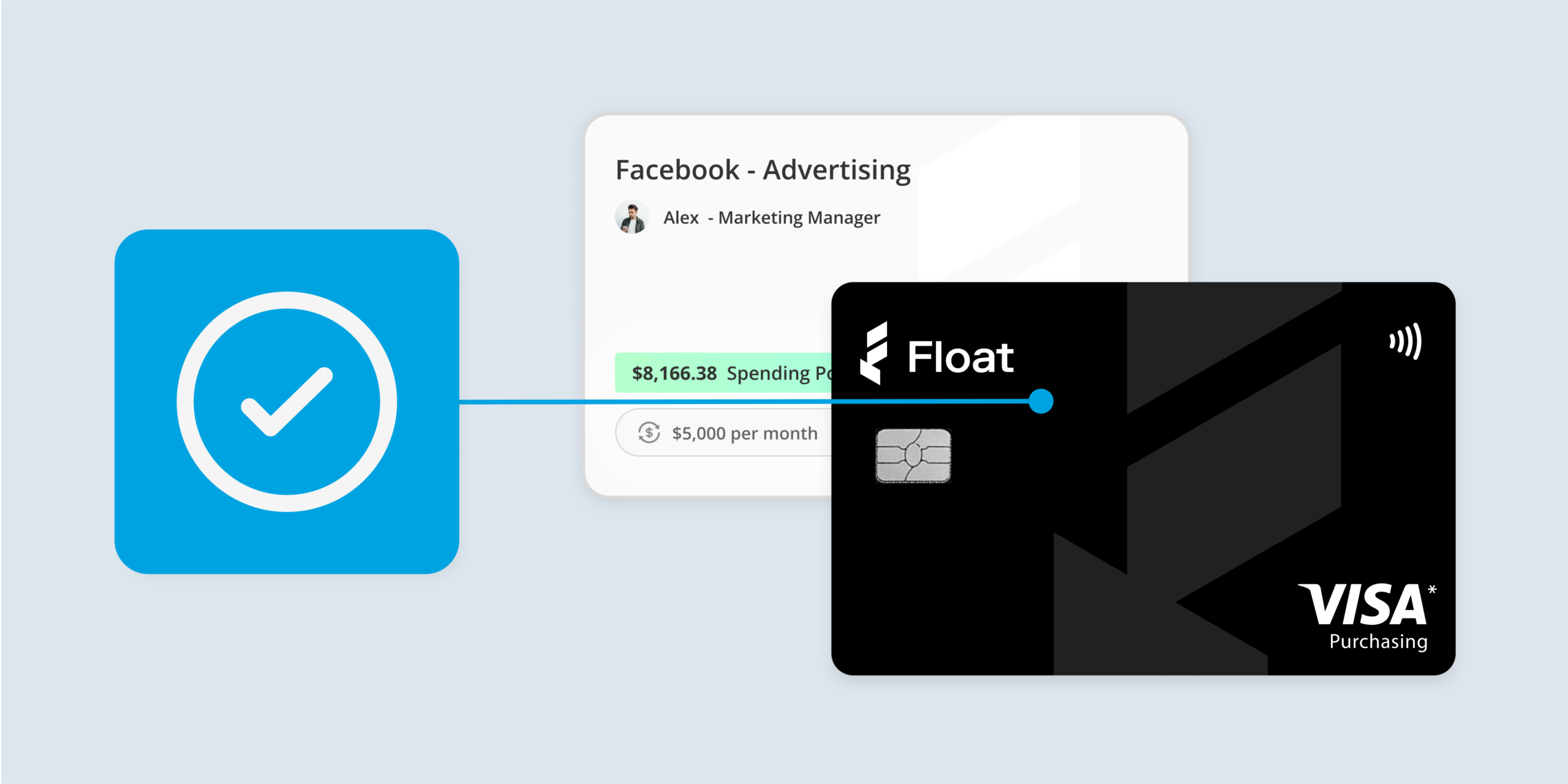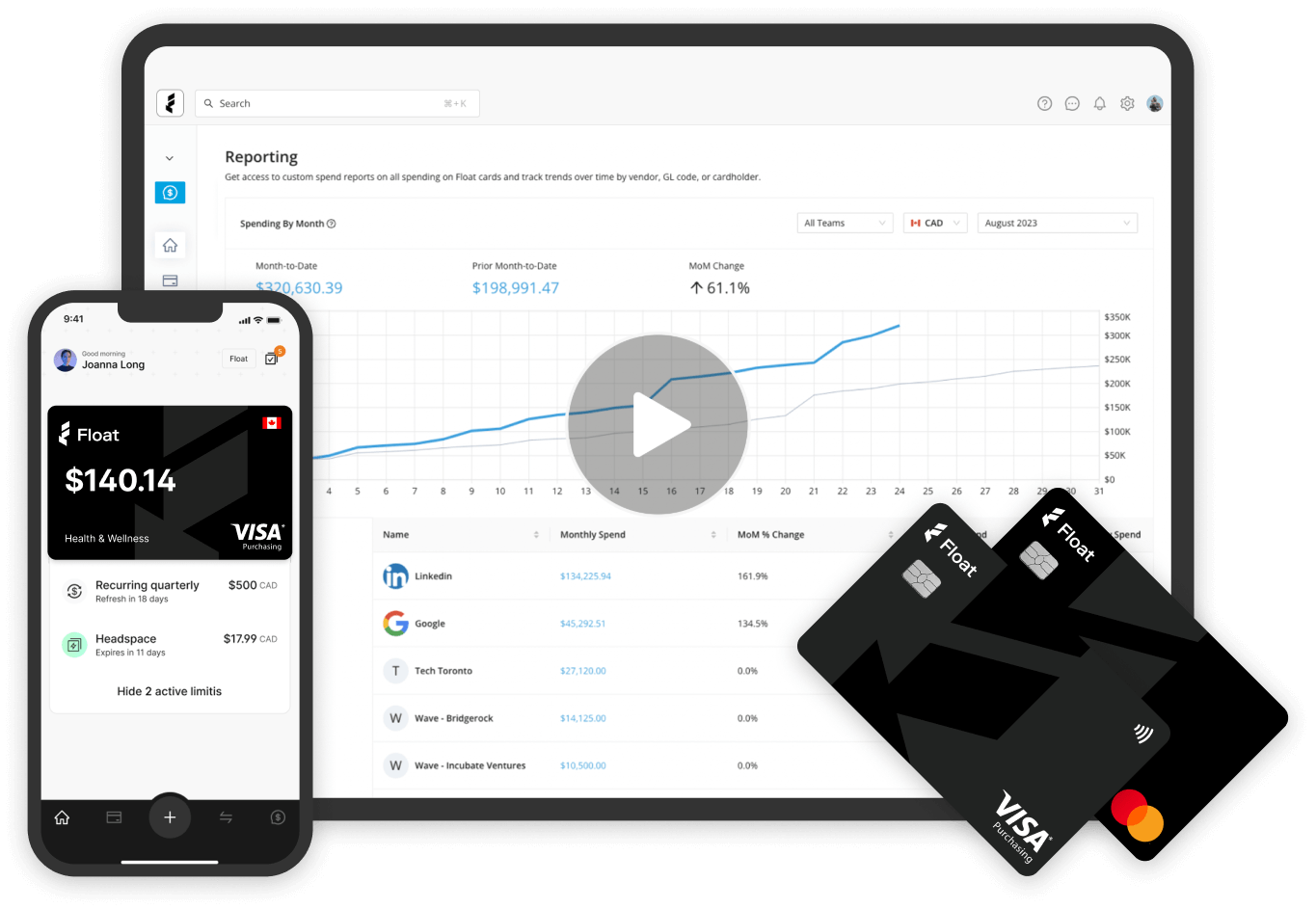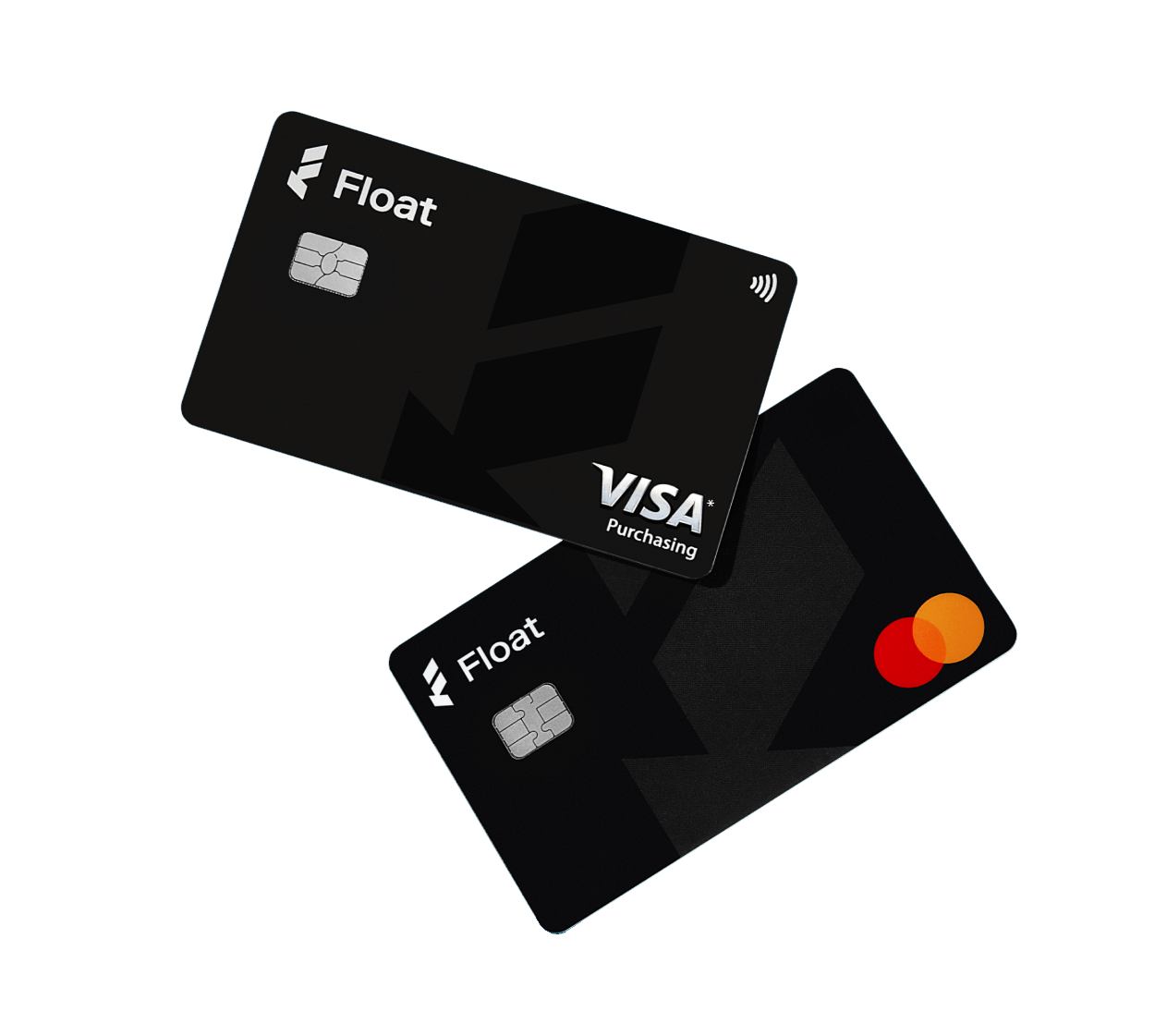Corporate Cards
How to Get Approved for a Virtual Corporate Card as a New Business (Without Hurting Your Credit Score)
Looking to add a virtual corporate card to your wallet without messing with your credit score? This guide is for you.
June 11, 2025

Getting approved for a corporate card as a new business can feel like trying to join a VIP club without knowing the dress code. It’s frustrating, time-consuming and often ends in a “no.”
That’s because most traditional corporate card providers want to see years of business credit history, revenue numbers and sometimes even a personal guarantee. But when you’re just starting out, you might not have any of that—and that’s okay.
Here’s the good news: modern fintech options are changing the game, helping small businesses access corporate cards faster, with less risk and way fewer hoops to jump through.
Let’s walk through why getting a virtual corporate card can be tricky, what roadblocks you’ll hit and how to get approved for one without putting your personal credit score on the line.
Why corporate cards are hard to get for new businesses
If you’ve just launched your business, chances are you don’t have much credit history. And if you’re a sole proprietor or part of a small partnership, you’ve probably noticed most corporate card issuers aren’t even talking to you.
Here’s why:
1. No business credit history
You haven’t had time to prove that you’re “credit worthy.” Most traditional providers want to see a credit score, steady revenue and years of financial records.
2. Providers want a personal guarantee
Some providers will make you personally responsible for your business’s debt. That means if your business can’t pay its bills, your personal credit and even your assets are on the hook. That’s risky and defeats the purpose of separating personal and business finances.
3. Slow and outdated approval processes
Applications can take weeks and rely on outdated methods like historical credit scores. That’s not great when your business needs a fast and flexible way to pay vendors or manage expenses.
The irony?
You need a business card to start building the kind of credit that business cards require for you to qualify for their card.
This is tricky because corporate cards can streamline spending, simplify expense management, help pay vendors on time and make tax season less painful. They’re a key part of setting your business up for long-term growth. It can feel like you’re missing out on major tools to grow your business when you don’t yet qualify for these cards.
So where do you start?
Try Float for free
Business finance tools and software made
by Canadians, for Canadian Businesses.
How to boost your chances of getting approved for a virtual corporate card
If the traditional route feels like a dead end, don’t worry—there’s another path. Here’s how to improve your chances of approval, without years of financial history and a ding to your personal credit score:
1. Build credibility without a credit history
Even without a long track record, you can take steps to show lenders that you’re running a legit, trustworthy operation:
- Open a business bank account (not your personal one)
- Set up accounts with vendors who report to credit bureaus
- Pay your invoices on time, every time
Some fintech providers like Float make it easier to get started. With a quick application (we’re talking minutes, not weeks), you can get access to a virtual corporate card and start building your credit right away.
2. Leverage alternative metrics
Modern providers care about more than just credit scores. They may look at:
- Your current revenue
- Cash flow trends
- Bank account balances
- Real-time business performance
This makes a huge difference for early-stage companies that have yet to file taxes or build a deep credit profile.
3. Avoid personal guarantees
The best option for protecting your personal credit? Choose a provider that doesn’t require a personal guarantee. That means you can keep your business and personal finances truly separate.
Float, for example, doesn’t ask for personal guarantees—ever. This way, you can build your business credit without risking your personal score.
By choosing a provider that doesn’t require a personal guarantee, you’re shielding your personal credit score from potential risk. That means your credit history stays intact if your business hits a rough patch. It’s a smart financial boundary you can set as a new business owner.
4. Look for fast, modern onboarding
You’re busy. You don’t have time to wait weeks for an application review or jump through hoops to get a card in your hands. Some fintech companies have streamlined this entire process:
- Apply in 5 to 10 minutes
- Get approved in as little as 24 hours
- Add team members, set spend limits and start using virtual cards immediately
- Bonus: Virtual cards are actually more secure than physical ones, adding a layer of safety for your growing business
Float does exactly that and even offers extras like 1% cashback, 4% interest on your funds and no foreign transaction fees on USD spend, since you can get both CAD and USD cards.
Fintechs vs. traditional banks for virtual corporate cards
If you’ve been facing dead ends while trying to find a virtual corporate card, you may have better luck avoiding traditional banks. Big institutions often use slow, rigid approval systems not built for new or fast-growing businesses.
Here’s how fintech providers like Float compare:
| Feature | Traditional Bank | Float |
| Personal guarantee required | Yes | No |
| Approval time | Days to weeks | 24 hours or less |
| Application complexity | High | Low |
| Credit history required | Yes | No |
| Virtual cards | Rare | Unlimited, built-in |
| Spend controls | Limited | Fully customizable |
| Accounting integrations | Manual | Seamless (e.g., QuickBooks, Xero) |
Modern providers evaluate your business more holistically, which means better chances of approval and faster access to capital. They also build tools for real-world business needs, like virtual cards for remote teams, automatic expense tracking and the ability to cancel or issue cards on demand.
If you’re unfamiliar with virtual cards, this explainer covers what they are and how they work.
When it comes to credit, you’ve got options
Getting a corporate card used to mean jumping through endless hoops, risking your personal credit and waiting weeks to hear back. But it doesn’t have to be that way anymore.
With modern options like Float, you can:
- Get approved in as little as 24 hours
- Skip the personal guarantee
- Access 1% cashback, 4% interest on funds and no FX transaction fees*
- Set spend limits, issue virtual cards and integrate with your accounting stack
- Better control employee spend and prevent corporate card misuse with automated policies baked right into the software
Best of all, you get the power of a corporate card without the headache.
Ready to grow your business without putting your personal credit on the line? Learn more or apply for a Float card today!
Written by
All the resources

Expense Management
Canadian Month-End Close Process: 2026 Best Practices Guide
Discover what month-close is, steps of the process, the most significant challenges and the best strategies to overcome them.
Read More
Expense Management
Effective Working Capital Management: 2026 Strategic Guide for Canadian Businesses
Let's explore how credit can help you manage your working capital needs more effectively.
Read More
Expense Management
Managing Travel Expenses for Growing Companies
Learn how to streamline manual work and empower your teams with a solid travel expense management process.
Read More




